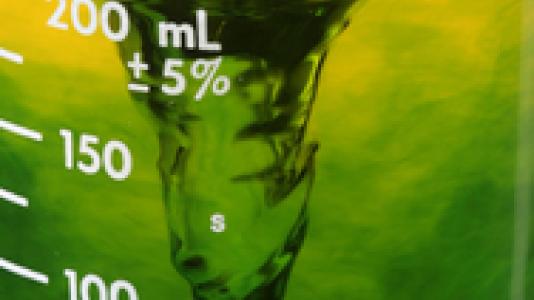
Understanding the processes controlling the chemical speciation, and thus mobility, of radionuclide contaminants such as uranium (U) is key for predicting their fate and transport in aquatic and terrestrial environments, and is a critical consideration in the design of nuclear waste storage facilities and the development of remediation strategies for management of nuclear legacy sites. Integrating synchrotron-based biogeochemistry with microbiology, molecular biology, and protein chemistry in a laboratory-based experimental system, researchers at Argonne showed that UVI was reduced to the less mobile nanoparticulate uranite (UO2) and complexed mononuclear UIV via multiple pathways including direct microbial reduction and coupled biotic-abiotic processes.
Read the paper, “Redox Processes Affecting the Speciation of Technetium, Uranium, Neptunium, and Plutonium in Aquatic and Terrestrial Environments”.